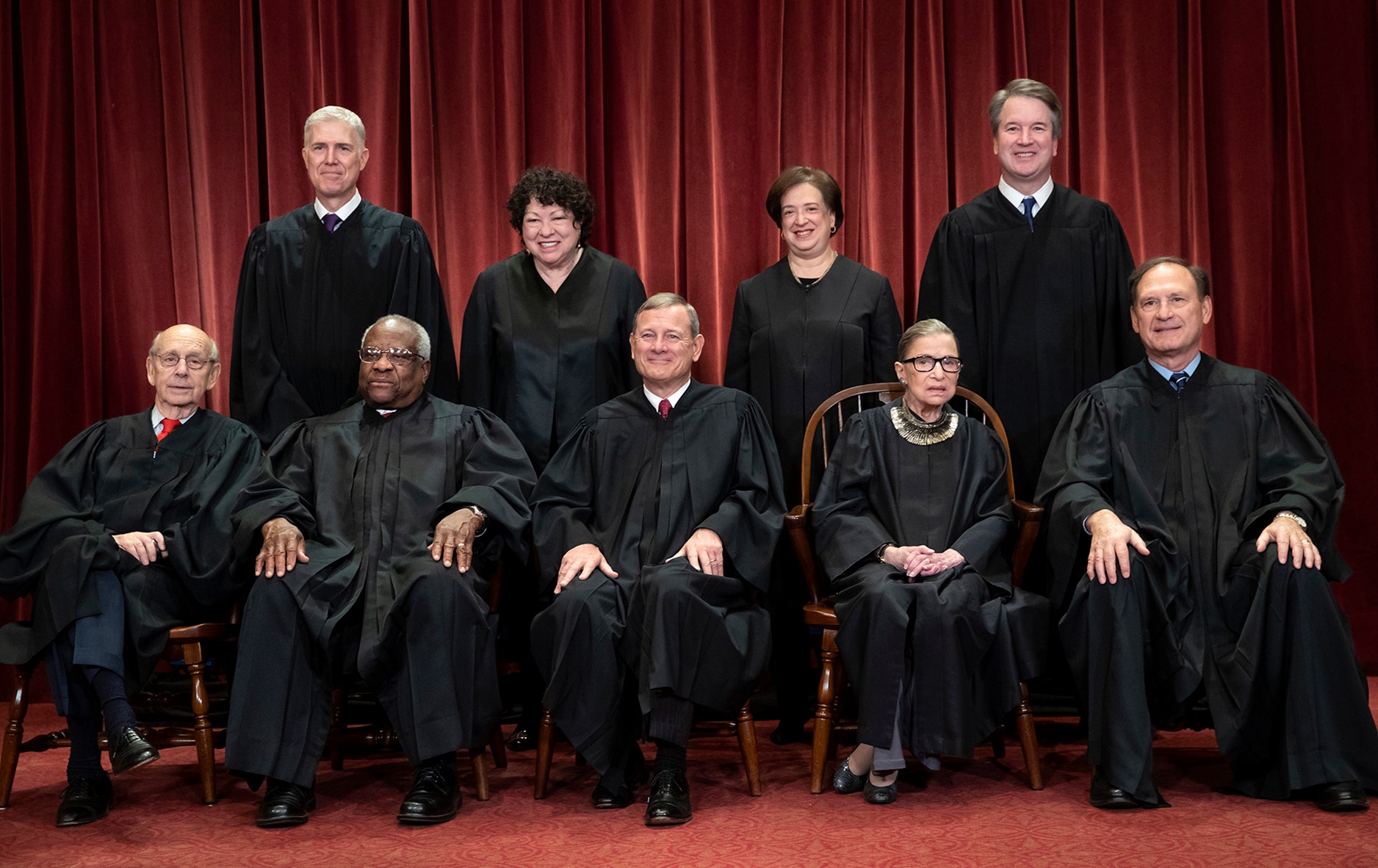
Supreme Court Chief Justice Calls for More Judges to Ease Heavy Workload Washington, D.C. – Chief Justice John Roberts has implored Congress to increase the number of Supreme Court justices to alleviate the escalating workload faced by the nation’s highest court. During an address to the American Bar Association, Roberts highlighted the significant increase in cases coming before the Court, as well as the growing complexity of legal issues. He argued that the current number of nine justices is insufficient to handle the ever-expanding workload effectively. “The Court is under immense pressure to address a staggering number of cases, many of which involve intricate legal questions that demand careful deliberation,” Roberts said. “With the present number of justices, we are struggling to keep pace.” The Chief Justice pointed out that the Court is already operating with one less justice than it did for much of its history. In 1869, Congress reduced the number of justices from ten to nine following the Civil War. Roberts argued that it is time to reconsider this decision in light of the significant changes in society and the law since then. “The volume and complexity of cases we face today far exceed what the Court grappled with in the 19th century,” Roberts said. “Nine justices are simply not enough to handle the current workload.” The proposal for adding justices to the Supreme Court has met with mixed reactions. Some legal experts support the idea, arguing that it would allow the Court to work more efficiently and issue more thoughtful decisions. Others, however, have expressed concern about the potential for political polarization in a larger Court. Roberts acknowledged these concerns but emphasized that the Court’s primary responsibility is to interpret the law, not to make policy. He also stressed that the proposed increase in justices would be gradual, with no more than two new justices appointed at any one time. “The Supreme Court should not be a political body,” Roberts said. “By adding justices gradually, we can mitigate any concerns about partisan influence while ensuring that the Court can continue to fulfill its constitutional mandate.” Congress has not yet acted on the Chief Justice’s proposal, but it is expected to be a topic of debate in the upcoming election cycle.The news article discusses the call by Ghana’s Chief Justice, Gertrude Torkornoo, for an increase in the number of Supreme Court judges.The news article discusses the call by Ghana’s Chief Justice, Gertrude Torkornoo, for an increase in the number of Supreme Court judges. Key Points: * Chief Justice Torkornoo highlights the increasing workload of the Supreme Court. * The court currently operates three days a week, dealing with approximately 180 cases per month. * The need for expansion is emphasized to meet the justice needs of the nation and avoid delays in decision-making. * The Chief Justice warns against potential backlogs if the number of judges is not increased. Article Structure: The article is structured as follows: 1. Headline: “General News for Sunday, July 7, 2024” 2. Source Information: “Fountain: Fmonline.com Class” 3. Date: “07-07-2024” 4. Main Body: * Introduction * Call for an increase in the number of Supreme Court judges * Explanation of current operational challenges * Concerns about delays in decision-making * Conclusion
Due to the excessive workload, the Supreme Court’s chief justice has asked for more judges to be appointed. The chief justice made the request during a conference, emphasizing the strain on the court due to the increasing number of cases and complex legal issues. The court currently has 30 judges, but the chief justice believes that this number is insufficient to handle the workload effectively. The increase in cases has led to delays in hearings and judgments, impacting the timely delivery of justice. The chief justice highlighted the need for a more efficient system to address the backlog of cases. He proposed increasing the number of judges to reduce the burden on each individual judge and expedite the case processing time. The proposal has sparked discussions among legal experts and stakeholders. Some support the idea, arguing that it will improve the efficiency of the court and ensure swifter justice for citizens. Others express concerns about the potential costs and implications of expanding the judicial system. The chief justice’s request will be considered by the relevant authorities, who will make a decision based on a thorough assessment of the situation. The outcome of their deliberation will have significant implications for the Supreme Court’s ability to handle its workload and deliver timely justice.
Supreme Court Chief Justice Calls for More Judges to Ease Heavy Workload
Related Posts
Kate Hudson Recreated Her Iconic How to Lose a Guy in 10 Days Scene During the World Series, and I Can’t Ignore the Fans’ Reaction to It
Kate Hudson isn’t just an award-winning one actress with famous parents; she is also a huge baseball fan. So it’s no surprise that she attended this year’s World Series to…
Software Catalog Unveils Array of Cutting-Edge Solutions for Enterprise Transformation
Software Catalog Unveils Array of Cutting-Edge Solutions for Enterprise TransformationSoftware Catalog Unveils Array of Cutting-Edge Solutions for Enterprise Transformation Technology is rapidly reshaping the business landscape, making it imperative for…